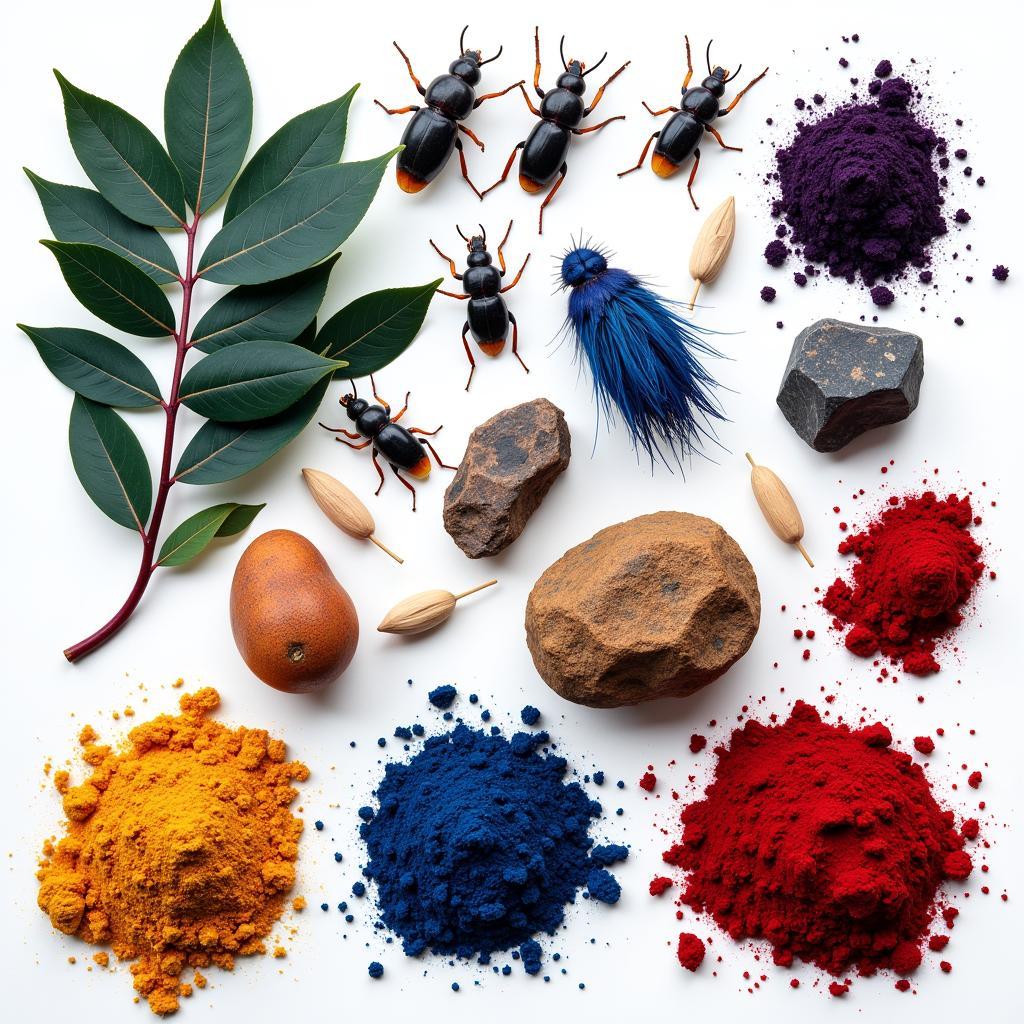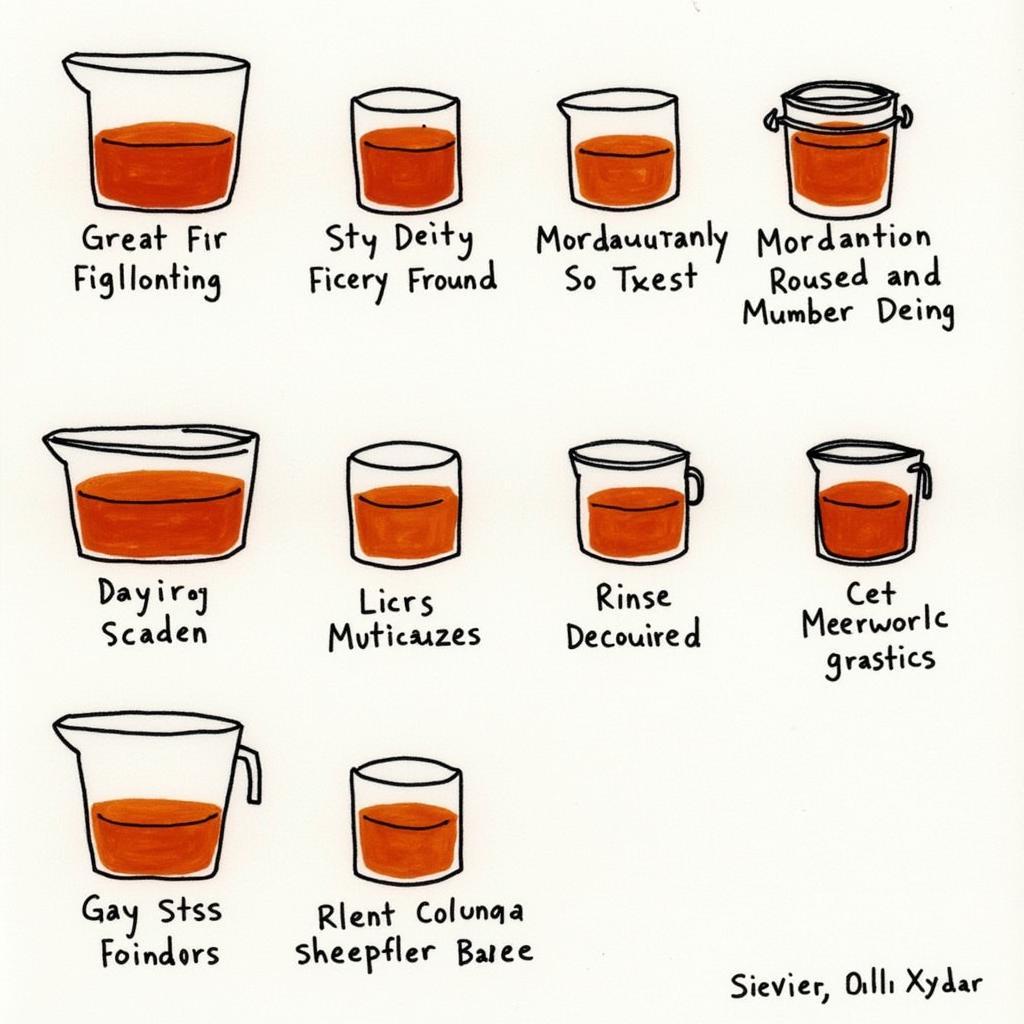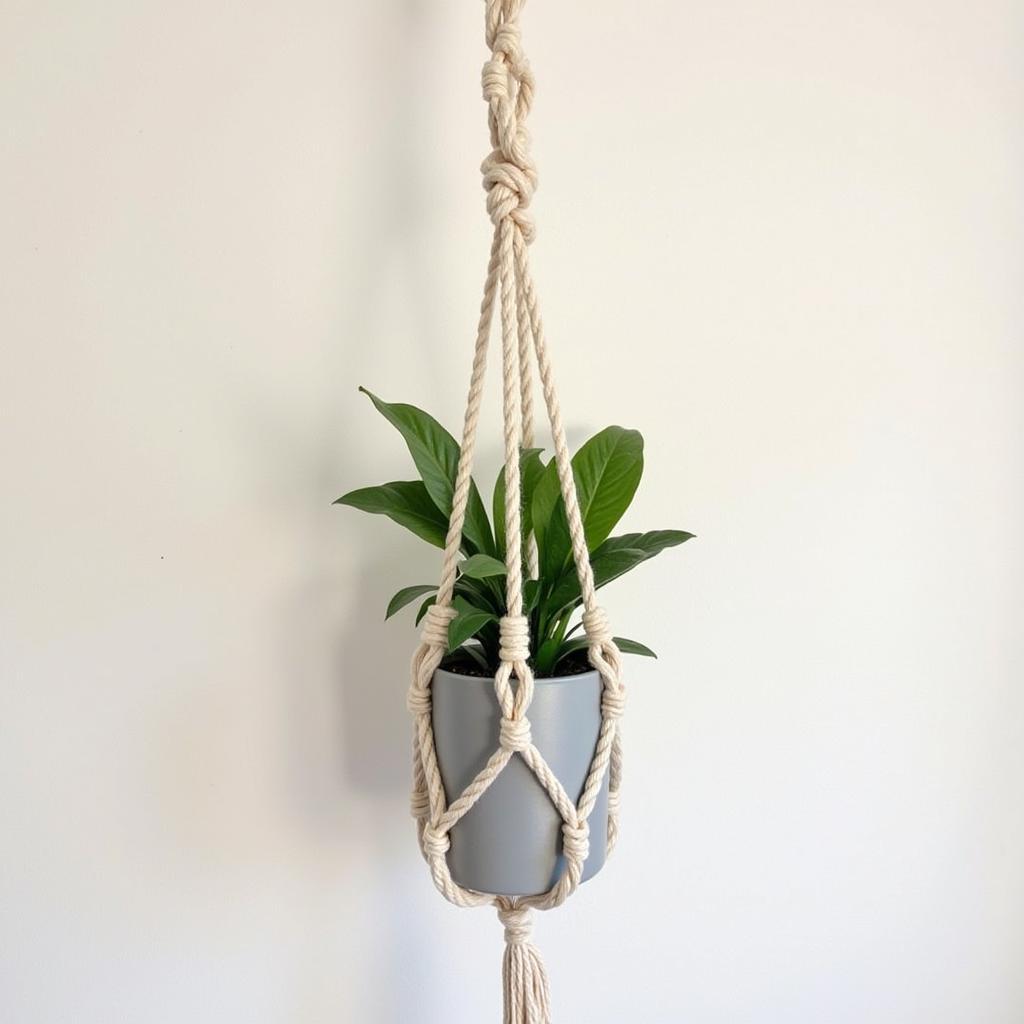The Art and Science of Natural Dyes
The Art And Science Of Natural Dyes offer a captivating journey into the heart of color, bridging ancient traditions with modern innovation. From the vibrant hues of indigo to the subtle blush of madder root, natural dyes unlock a world of sustainable and ethically conscious creativity. This exploration delves into the fascinating intersection of art and science, uncovering the secrets behind these beautiful and versatile colorants.
Unveiling the Spectrum: Understanding Natural Dyes
Natural dyes are derived from organic sources like plants, insects, and minerals. Unlike synthetic dyes, which often rely on harsh chemicals, natural dyes offer a gentler approach to coloring fibers and fabrics. This eco-friendly alternative allows for a deeper connection to the natural world, fostering a sense of appreciation for the intricate processes that bring color to life. What’s more, the subtle variations and unique characteristics of each dye batch contribute to the beauty and individuality of naturally dyed textiles. They offer a unique depth and complexity that is difficult to replicate with synthetic alternatives.
 Natural Dye Sources: Plants, Insects, and Minerals
Natural Dye Sources: Plants, Insects, and Minerals
The Science Behind the Hues: Exploring the Chemistry of Natural Dyes
The vibrant colors produced by natural dyes are the result of complex chemical reactions. These reactions involve mordants, which are substances used to fix the dye to the fiber, ensuring colorfastness and vibrancy. Different mordants, such as alum, iron, and tannin, can significantly alter the final color of the dye, creating a wide range of hues from a single source. Understanding the chemistry behind these interactions allows for greater control and predictability in the dyeing process. For example, using an iron mordant with madder root will produce a deep, rich brown, while alum will yield a vibrant red.
From Garden to Garment: The Process of Natural Dyeing
The process of natural dyeing is both an art and a science. It involves careful preparation of the dye bath, meticulous attention to temperature, and a keen eye for color. The steps typically include:
- Scouring: Cleaning the fibers to remove any impurities.
- Mordanting: Preparing the fibers to accept the dye.
- Dyeing: Immersing the fibers in the dye bath.
- Rinsing: Removing excess dye.
- Drying: Allowing the dyed fibers to air dry.
Each step plays a crucial role in the final outcome, and variations in technique can lead to unique and exciting results.
 Natural Dyeing Process: A Step-by-Step Guide
Natural Dyeing Process: A Step-by-Step Guide
Is Natural Dyeing Difficult?
While natural dyeing may seem complex, it’s surprisingly accessible to beginners. With a little patience and experimentation, anyone can unlock the beauty of natural color. Many resources, including online tutorials and workshops, make it easy to learn the basics and explore more advanced techniques.
“Natural dyeing is a journey of discovery,” says renowned textile artist, Anya Sharma. “It’s about embracing the unexpected and celebrating the unique qualities of each dye.”
The Art of Expression: Creative Applications of Natural Dyes
Natural dyes are not limited to textiles. They can be used to color a variety of materials, including paper, wood, and even cosmetics. This versatility opens up a world of creative possibilities for artists and makers alike. From intricate shibori patterns on silk scarves to hand-painted watercolor paper, natural dyes offer a unique and expressive medium for artistic exploration.
 Creative Applications of Natural Dyes: Textiles, Paper, and Wood
Creative Applications of Natural Dyes: Textiles, Paper, and Wood
“The beauty of natural dyes lies in their imperfections,” explains John Miller, a seasoned natural dyer. “Each piece is a testament to the unique interplay of natural elements.”
The art and science of natural dyes invite us to reconnect with the natural world and explore the rich tapestry of colors it offers. By embracing the beauty of sustainable and ethically conscious practices, we can create vibrant and meaningful works of art that honor both tradition and innovation. Albuquerque fiber arts fiesta offers a wonderful opportunity to experience natural dyes.
FAQ
- What are the benefits of using natural dyes? Natural dyes are eco-friendly, sustainable, and often hypoallergenic.
- Where can I find natural dye materials? Many online retailers and local craft stores sell natural dye supplies.
- What is a mordant? A mordant helps fix the dye to the fiber, ensuring colorfastness.
- Can I use natural dyes on any type of fabric? While most natural dyes work best on natural fibers like cotton, wool, and silk, some can be used on synthetic fibers with proper preparation.
- How do I care for naturally dyed items? Hand washing with a gentle detergent is recommended to preserve the color.
- Are natural dyes lightfast? Lightfastness varies depending on the dye and mordant used. Some natural dyes are highly lightfast, while others are more prone to fading.
- Can I mix natural dyes to create new colors? Yes, experimenting with different dye combinations can lead to unique and exciting color palettes.
When you need support, please contact Phone Number: 02462573573, Email: danteum@gmail.com Or visit us at: Savico Megamall, 7-9 Đ. Nguyễn Văn Linh, Gia Thụy, Long Biên, Hà Nội 10000, Việt Nam. We have a 24/7 customer service team.



